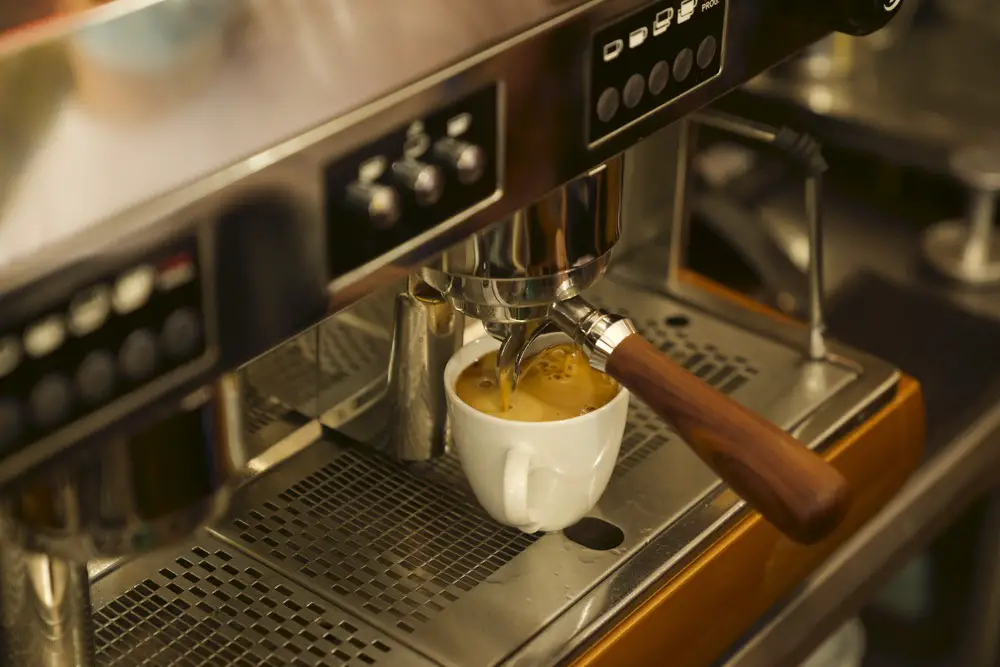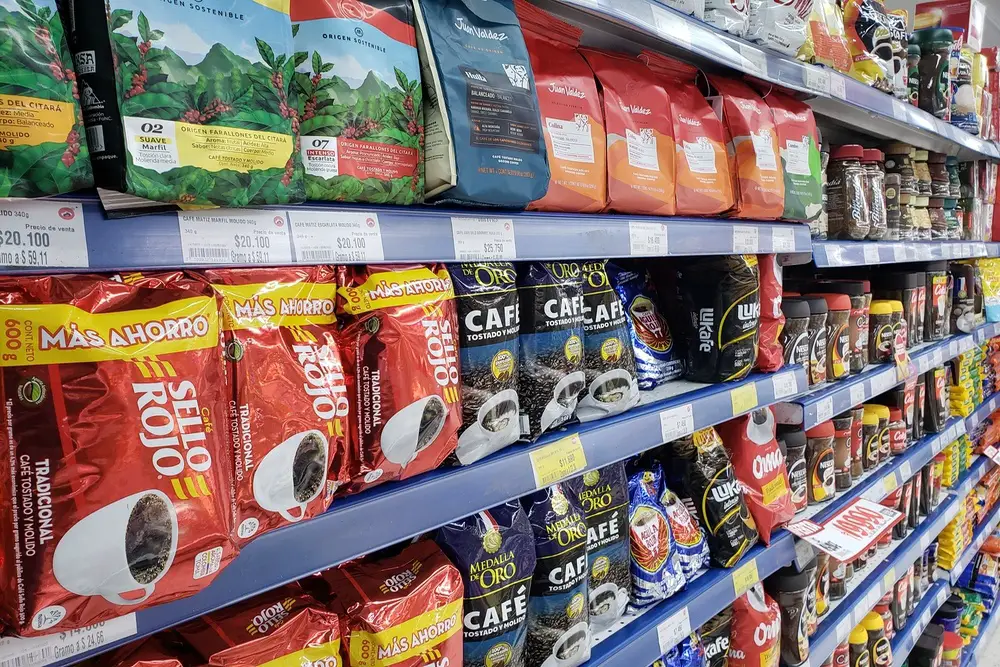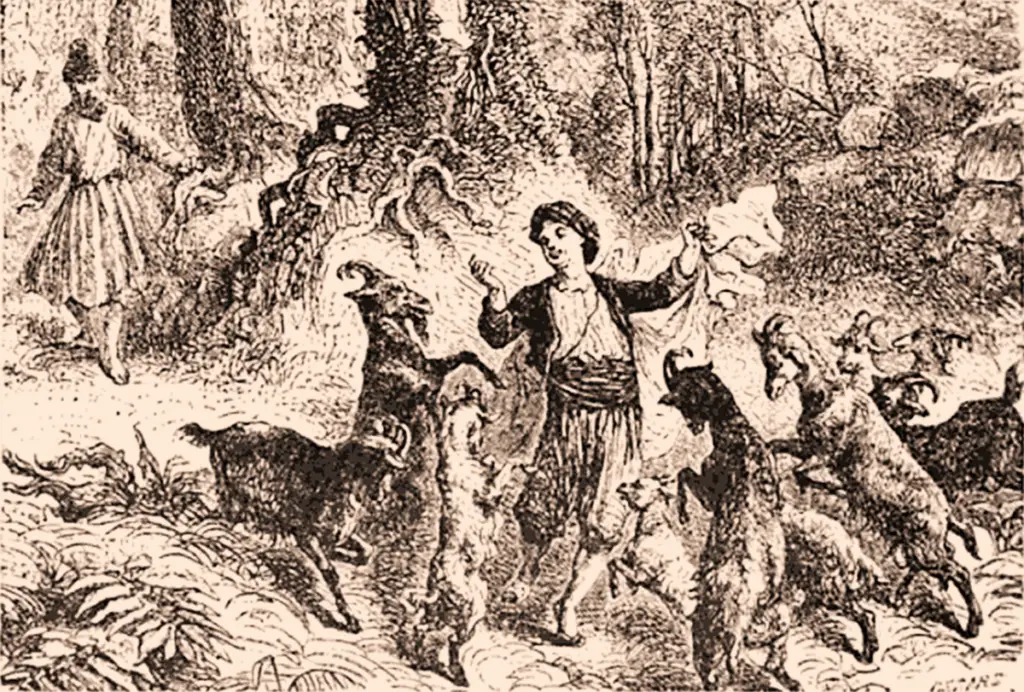Whether they drink tea with milk, sugar or lemon or straight, the Brits love its taste. Brits consume 60 billion cups a year, according to the Tea and Infusions Organization. That’s more than 900 cups a year for every man, woman and child in the UK.
Tea culture is an integral part of British culture, starting with the tea breaks, which take place almost every two hours.
Table of Contents
From coffee to tea in England
Tea became so popular in Britain because the British prospered by importing tea from Asia.
From then on, whenever tea was in the news, Britain was in the news. With the Opium Wars, the Boston Tea Party and hundreds of colonies trading with the British in exchange for their tea, the history of tea was forever linked to the British.
Interestingly, England, which was once the world’s largest coffee drinking nation, has become the world’s largest tea drinker. America started out as a nation of tea drinkers, only to boycott it in favor of coffee.
The British East India Company owes its existence to pepper, but it’s amazing development to tea. Her first adventures in the Far East took her to China, whose tea would later provide the means to rule India.
At the height of its heyday, the John Company or “Honourable East India Company” held a monopoly on the tea trade with China. Supply was controlled, the quantities imported into England were limited and the price was thus fixed. Not only was it the largest tea monopoly in the world, but it was also the source of inspiration for the first English propaganda for a drink.
It was so powerful that the monopoly in England sparked a food revolution, transforming Britain from a coffee-drinking nation to a tea-drinking nation in a matter of years.
There were 16 competing East India companies of Dutch, French, Danish, Austrian, Swedish, Spanish and Prussian origin operating from the European continent at various times. However, none of them achieved the dominant position held by the British East India Company. Chinese tea was the most important commodity.
New coffee boom in Great Britain
Between the mid-1970s and 1980s, tea consumption in the UK fell by 20%. Meanwhile, the country’s taste for coffee flourished, with UK coffee sales overtaking tea sales in 1986.
Tea consumption per person has declined steadily since the early 1970s, from almost 68 grams per week per person in 1974 to just 25 grams per week in 2014. Coffee consumption, on the other hand, has tripled since the early 1970s.
The main reason for this phenomenon is that tea, or the type of tea traditionally drunk in the UK, is considered boring.
Tea’s loss of popularity is attributed to a faster pace of life, a generation gap and a “stuffy” image. Nowadays, many people don’t want to spend time preparing tea, let alone break their busy day. The cozy, civilized ritual of afternoon tea is becoming increasingly rare.
Why do the British have such a strong tea tradition?
Britons prefer tea to coffee because importing tea gave the British Empire more power and control in the 18th century. Since then, the British have enjoyed the benefits and taste of this drink.
Originally, the British drank more coffee than tea and within fifty years of the opening of the first coffee house in England there were over 2,000 coffee houses in London alone.
However, in the late 17th century the British East India Company lost the “little brown bean of Arabia” to the French and Dutch and had to focus on another source of income. It was tea.
Thus, the East India Company began to focus on the tea industry. Within ten years, annual tea imports averaged £800,000. In 1757 more than four million pounds of tea were imported. When coffee was ousted, tea replaced it as England’s national drink.
Tea has less caffeine than coffee
Compared to coffee, most teas contain very little caffeine. Tea is therefore considered a relaxing and calming drink that can be drunk at any time of the day.
Even when Brits don’t drink black tea, they drink a caffeine-free alternative, like rooibos or chamomile tea.
Tea is less bitter than coffee
Unless it is green tea that has been boiled at 100°C, tea is generally not as bitter as coffee. Coffee is found by many to be very astringent, which is unpalatable to the British public. Because of this, tea drinking starts at a young age, and even children drink tea.
The role of milk in tea
Traditionally, tea was brewed in a teapot and poured into individual cups. However, most people could not afford fine china. The cups often broke from the heat of the boiling tea.
For this reason, milk was first added to the cups to reduce the heat of the hot tea and keep the cups intact. Many people seem to like the taste, although some people drink the tea with sugar or lemon.
Milk in tea could also shed light on Britain’s social class system. The strength of tea decreased as the social class approached the nobility. The strongest infusions of black tea were drunk by the working class, who had to soften the bitter taste with lots of milk and sugar. For example, the consumption of sugar in tea was considered by many to be an indicator of the “lower class”.
The tradition of afternoon tea in England
The Duchess of Bedford, who has expressed concern about the “sinking feeling” between breakfast and dinner, is primarily responsible for the afternoon tea practice. Anna Bedford invented the ritual of drinking a cup of tea and nibbling on some snacks while she was alone in the afternoon. At that time, it was common for people to eat only two meals a day.
Taste of the tea
The taste of tea is greatly influenced by the way it is grown, processed and prepared. Tea bushes are grown in terraces throughout the tropics and subtropics.
After the leaves and new shoots are picked from a bush, they are laid out to dry. How long you leave them to dry depends on the type of tea. With green teas, the leaves are almost immediately tossed onto a hot griddle or steamed. Oolong is obtained when the leaves are slightly dried, crushed and only then boiled. Black tea is created when the leaves are dried for a long time before being put on the grate.
The enzymes in the tea plant convert simple molecules into more complex ones as the tea leaves dry. The longer the tea is dried, the longer these enzymes have to work. The more these molecules accumulate in the tea leaves. Arguably the most famous in tea chemistry circles is theaflavin, a tangle of carbon rings responsible for some of black tea’s reddish color, as well as some of its astringency.
Conclusion
Due to its economic importance to the British Empire in the 18th century and the aristocratic fondness for its consumption, tea became the national drink of the English. Although it has taken over from coffee, in recent years changes in lifestyle and other variables resulting from the generational shift in the English have opened the door to a resurgence for coffee in British society.



